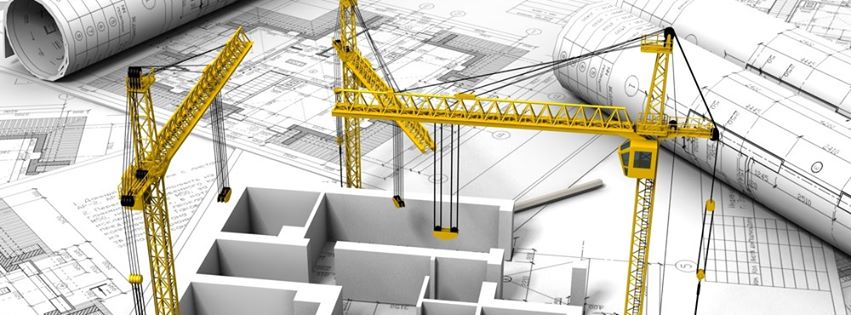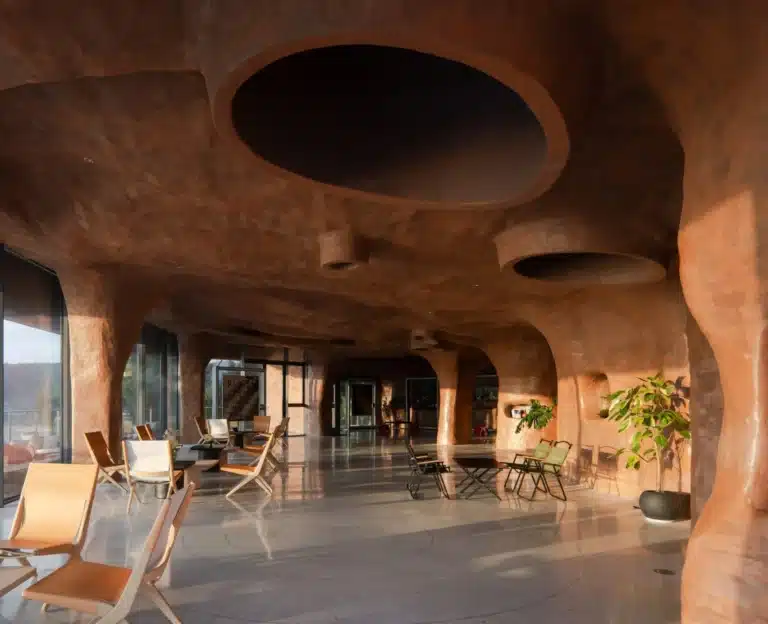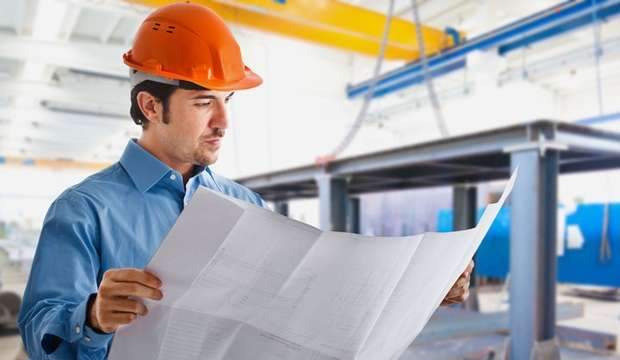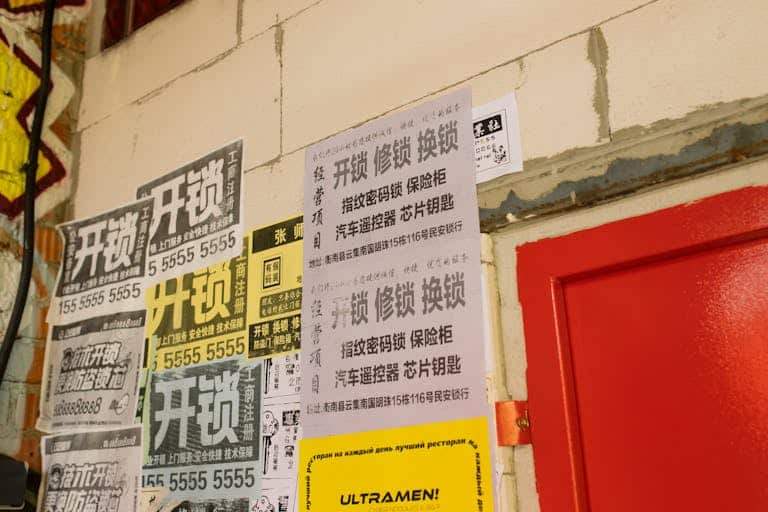Architecture is a dynamic and evolving field, where the specific role of an architect largely depends on the type of firm they work for and the specialization they choose. The profession has grown to include a wide range of roles, each with its own unique responsibilities and areas of focus.
In this article, we will explore the main types of architects, their key duties, and how they contribute to different kinds of projects. We’ll also highlight some common challenges and provide insights into future trends in the industry.
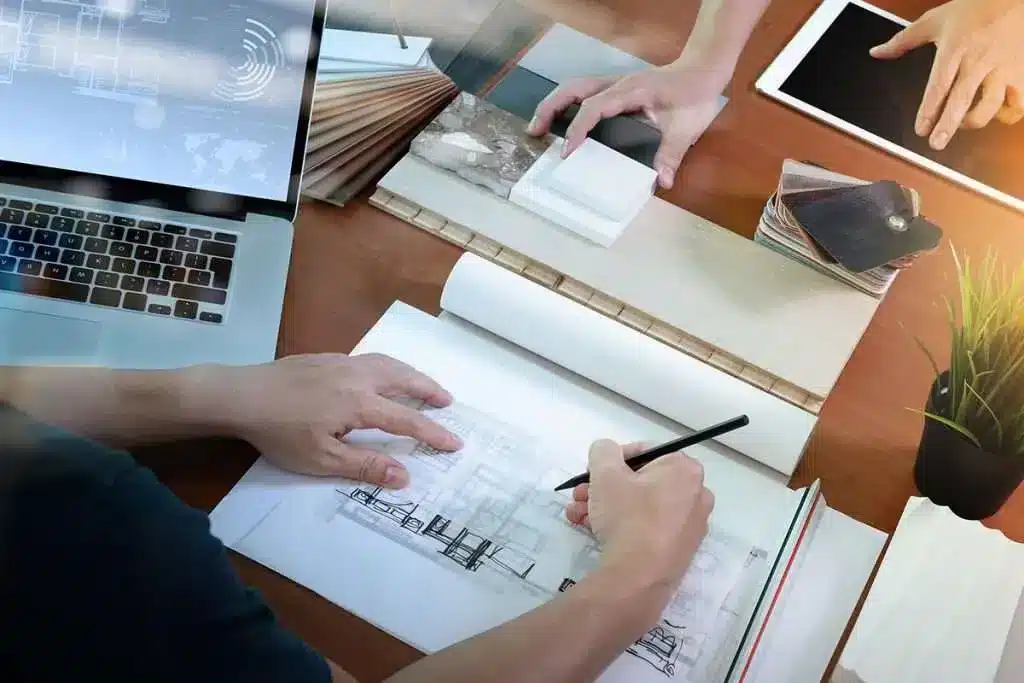
1. Residential Architect
A residential architect specializes in designing homes or extensions for private clients. They offer a full architectural service from developing the initial design brief through to overseeing construction.
- Key Responsibilities:
- Interpreting client needs into practical designs
- Ensuring compliance with building codes and safety standards
- Collaborating with interior designers, engineers, and landscape architects
- Managing permits and local zoning laws
| Core Tasks | Common Challenges |
|---|---|
| Designing single-family homes or custom residences | Navigating budget constraints |
| Balancing aesthetics with functionality | Addressing regulatory requirements |
| Coordinating with contractors and suppliers | Handling unexpected changes during construction |

2. Restoration Architect
Restoration architects specialize in preserving, repairing, and restoring historic buildings. They must have deep knowledge of historical preservation techniques and traditional materials.
“Preservation aims to maintain the cultural identity of communities,” according to UNESCO guidelines on heritage conservation.
- Key Responsibilities:
- Assessing the structural condition of heritage buildings
- Preparing detailed restoration reports
- Working closely with historians and preservation experts
| Core Tasks | Common Challenges |
|---|---|
| Conducting site surveys and material analysis | Sourcing original building materials |
| Maintaining historical authenticity | Complying with modern safety standards |
| Documenting restoration plans | Securing funding and approvals |
3. Commercial Architect
Commercial architects design large-scale public and private buildings such as schools, hospitals, hotels, shopping centers, and museums. Their work focuses on creating functional and visually appealing spaces that serve the general public.
- Key Responsibilities:
- Balancing creativity with practical use
- Understanding traffic flow and user experience
- Adhering to strict building regulations
| Core Tasks | Common Challenges |
|---|---|
| Planning commercial layouts | Meeting accessibility and fire safety standards |
| Integrating engineering systems | Managing complex stakeholder expectations |
| Enhancing customer interaction in retail settings | Optimizing space efficiency |

4. Housing Architect
Housing architects are responsible for planning and designing multi-unit residential developments such as apartment complexes or condominiums.
- Key Responsibilities:
- Developing master plans for housing communities
- Considering infrastructure, parking, and shared spaces
- Engaging with local communities and stakeholders
| Core Tasks | Common Challenges |
|---|---|
| Creating cohesive unit groupings | Addressing density and zoning restrictions |
| Designing for mixed-use environments | Balancing affordability and quality |
| Facilitating community consultations | Responding to public feedback and policy changes |
5. Research Architect
Research architects focus on exploring new ideas, technologies, and methodologies in architecture. Many pursue advanced academic degrees and engage in collaborative research with professionals across disciplines.
- Key Responsibilities:
- Investigating sustainable materials and practices
- Analyzing social and cultural impacts of design
- Publishing findings and participating in workshops
| Core Tasks | Common Challenges |
|---|---|
| Conducting experimental studies | Gaining funding for long-term projects |
| Teaching or mentoring students | Keeping up with rapidly changing technologies |
| Contributing to architectural theory | Bridging the gap between academia and practice |

6. Interior Architect
Interior architects focus on the design of interior spaces, especially in high-end or commercial projects. Unlike interior designers, they are licensed professionals who can handle structural modifications.
- Key Responsibilities:
- Transforming spatial needs into coherent designs
- Selecting appropriate materials and finishes
- Coordinating with MEP (mechanical, electrical, plumbing) engineers
| Core Tasks | Common Challenges |
|---|---|
| Designing interior layouts | Integrating technical systems |
| Ensuring code compliance | Balancing aesthetics with functionality |
| Managing contractor coordination | Meeting tight project deadlines |
7. Sustainable/Green Design Architect
Sustainable architects focus on environmentally responsible design and construction. They aim to reduce energy consumption, improve air and water quality, and promote eco-friendly building practices.
- Key Responsibilities:
- Using renewable materials and green technologies
- Advising clients on energy efficiency strategies
- Staying updated on environmental regulations
| Core Tasks | Common Challenges |
|---|---|
| Designing energy-efficient buildings | Higher upfront costs of green materials |
| Implementing water-saving systems | Limited availability of certified products |
| Promoting passive design strategies | Educating clients about long-term benefits |
8. Landscape Architect
Landscape architects design outdoor environments such as parks, gardens, and urban plazas. While not always licensed architects, many have a strong background in architectural design.
- Key Responsibilities:
- Planning natural and built outdoor environments
- Collaborating with city planners and environmental consultants
- Ensuring ecological sustainability
| Core Tasks | Common Challenges |
|---|---|
| Designing for climate and terrain | Managing maintenance and usability |
| Integrating green infrastructure | Addressing public access and safety |
| Balancing beauty with function | Coordinating with multiple stakeholders |

9. Urban Designer
Urban designers focus on the broader picture of city planning and development. They consider how neighborhoods, transportation networks, and public spaces interact within a larger context.
- Key Responsibilities:
- Creating comprehensive city plans
- Improving walkability and public transport
- Working with multidisciplinary teams
| Core Tasks | Common Challenges |
|---|---|
| Shaping the physical layout of cities | Dealing with political and economic pressures |
| Promoting sustainable urban growth | Balancing density with livability |
| Enhancing public spaces | Managing rapid urbanization |
10. Industrial Architect
Industrial architects design structures for industrial purposes such as factories, warehouses, and power plants. Their work prioritizes functionality and operational efficiency over aesthetics.
- Key Responsibilities:
- Understanding production workflows
- Designing spaces that support machinery and logistics
- Ensuring compliance with health and safety standards
| Core Tasks | Common Challenges |
|---|---|
| Planning efficient layouts | Integrating specialized equipment |
| Ensuring workplace safety | Meeting industrial code requirements |
| Collaborating with engineers | Adapting to evolving manufacturing processes |
ArchUp’s Perspective: Personal Analysis and Critique
The architectural profession has evolved significantly, offering diverse career paths tailored to individual interests and strengths. However, there are several recurring issues:
- Skill Gap: Many young architects enter the workforce without sufficient specialization.
- Role Ambiguity: Especially between interior architects and interior designers, leading to confusion among clients.
- Technology Dependence: While digital tools enhance productivity, they require continuous learning and adaptation.
We believe that the future of architecture lies in smart technology integration , sustainability , and interdisciplinary collaboration . Therefore, ongoing professional development and adaptability are crucial for long-term success. Types of architects
Frequently Asked Questions (FAQ)
| Question | Answer |
|---|---|
| Can an interior designer be called an interior architect? | No, unless they are licensed professionals. |
| What’s the difference between residential and housing architects? | Residential architects focus on single homes, while housing architects design multi-unit developments. |
| Is industrial architecture less important than others? | No, it plays a vital role in supporting economic infrastructure and requires specialized expertise. |
Summary Table of Key Points
| Main Point | Details |
|---|---|
| Diverse Specializations | There are at least 10 distinct types of architects with unique roles |
| Function vs. Aesthetics | Some fields like industrial and urban design prioritize utility |
| Sustainability Focus | Green architecture is becoming a global standard |
| Common Challenges | Include licensing, training, and adapting to new technologies |
| Professional Development | Essential for staying competitive and relevant |
This structured overview provides clarity on the various roles within the architectural profession, helping both aspiring architects and clients make informed decisions based on project needs and goals. Types of architects

